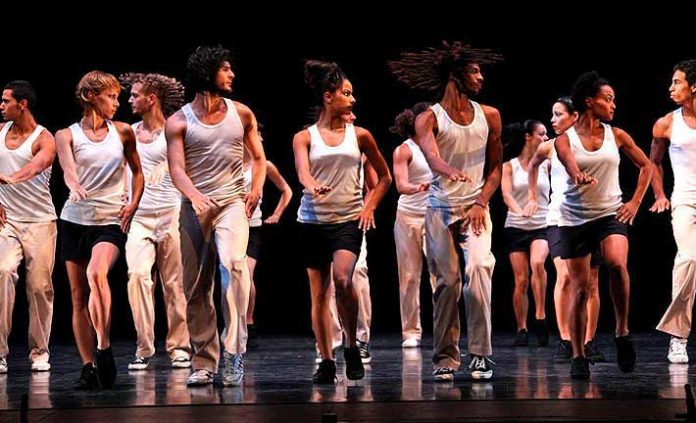Contemporary Dance of Cuba and its History
Contemporary Dance of Cuba is a Cuban contemporary dance company founded on September 25th, 1959 that works at the National Theater of Cuba.
Throughout its five decades of existence, this group has performed in more than ninety countries through America, Europe, Asia and Africa and it has participated in the most important festivals and events of dance companies worldwide.
On September 1959 the teacher Pedro Guerra Ramiro Suarez launched a call for dancers, with the aim of creating a company.
There were some with knowledge of contemporary dance as Lorna Burndsal, others like Santiago Alfonso, Arnaldo Patterson and Eduardo Rivero – with cabaret and television experience – and others with no experience as Alberto Mendez Gonzalez, who eventually became important dance figures within the Cuban landscape.
The February 19th, 1960 was the first presentation of all the Modern Dance at the Covarrubias Hall of the National Theater of Cuba.
It was the premiere of “Mulato” and “Mambi” by Pedro Ramiro Guerra Suarez and “Life of Bees” and “Study of the waters” by Doris Humphrey mounted by Lorna Burndsall.
Contemporary Dance of Cuba and Its peculiarities
In the early years´ aesthetics of the of Contemporary Dance of Cuba they were proposed to materialize the expression of the Antillean world.
Thus Cuban myths and foreign ancestors were represented in works proposed by Pedro Ramiro Guerra, director of the company himself.
Within these works include “Suite Yoruba” 1960, “The Rebambaramba” 1961 “Antillean Orfeo” 1964 “Medea and the Slave” 1968 “Gallant Impromptu” 1970 “Peasant Suite” 1962 by Lorna Burndsall, among others.
Pedro Ramiro Guerra Suarez ceased his work as director of the group in 1971 after the prohibition of the premiere of the piece “Decalogue of the Apocalypse” and the company changed its name to “National Dance of Cuba”.
By 1987 the group resumed its name again now under the direction of Miguel Iglesias. In this sense, Contemporary Dance of Cuba maintained in its active repertoire more than sixty works in search of a universal and peculiar language that would establish integration between modern theater and contemporary dance language without forgetting Cuban cultural ancestors.
He also opened the work of young choreographers like Lidice Nunez, Jorge Abril, George Céspedes and Julio César Iglesias.
In the direction of this company several directors passed trough but an important one was Sergio Vitier.
During this period the company has preserved some classics by Pedro Ramiro Guerra and premiered other pieces by young choreographers.
Some of them are: “Faust”, “Panorama” and “Michel Angelo” by Victor Cuellar, “Okantomí”, “Súlkari”, “Lam Duo”, “Tanagras”, “Sarabande” and “Praise Dance” by Eduardo Rivero, among others.








